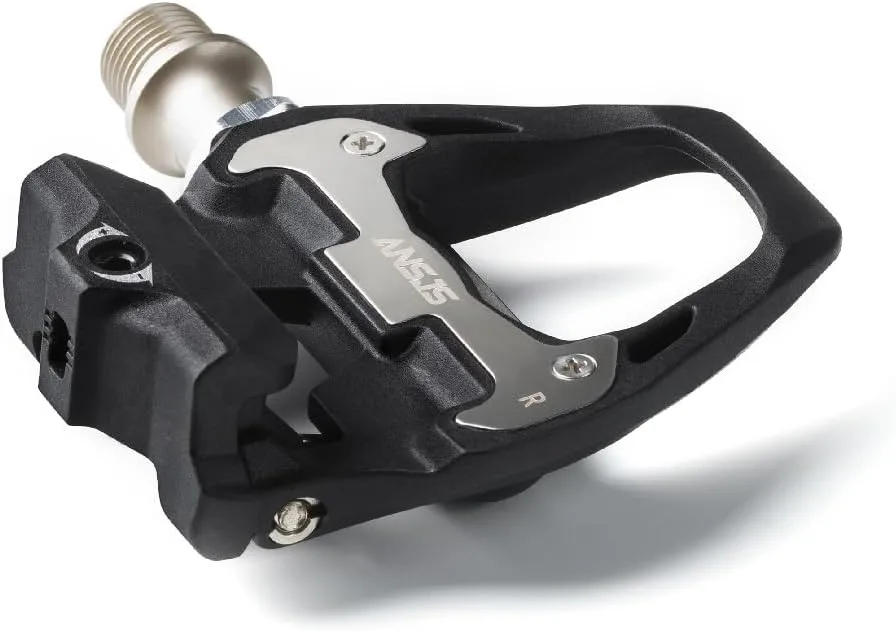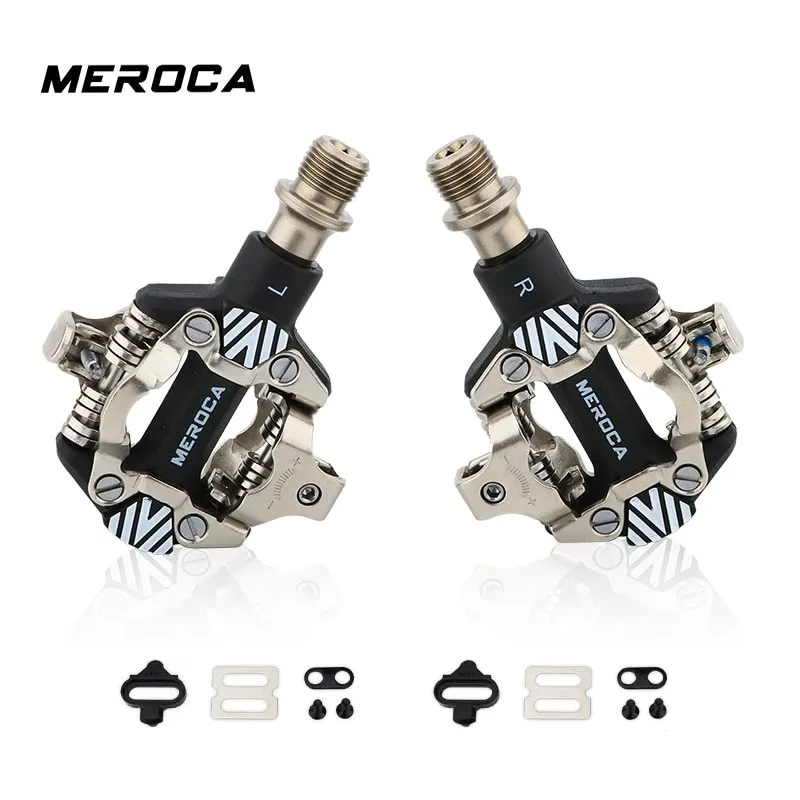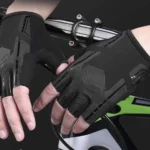
Table of Contents
What are automatic pedals?
Automatic pedals are innovative systems that securely attach feet to bicycle pedals. They empower cyclists to optimize energy transfer with every pedal stroke, ultimately enhancing riding efficiency. These pedals find application among various cycling communities, including road cyclists, triathletes, mountain bikers, and gym cyclists.
How do automatic pedals work?
Automatic cleats, integral to the cycling experience, comprise two fundamental components: the cleat affixed to the cyclist’s shoe and the pedal unit. When the cyclist inserts the cleat into the pedal, they establish a secure connection between their shoe and the pedal. To disengage the shoe from the pedal, the rider simply rotates the heel, initiating the cleat’s unlocking mechanism.
The advantages of automatic pedals
Automatic cleats bring numerous benefits to cyclists. Primarily, they enhance efficiency by enabling cyclists to transfer energy effectively during both the pushing and pulling phases of each pedal stroke. Additionally, cyclists have the flexibility to fine-tune the position of their feet on the pedals, thereby enhancing comfort and potentially mitigating knee discomfort.
The disadvantages of automatic pedals
While automatic pedals come with numerous benefits, they also present certain drawbacks. Firstly, there is a learning curve associated with their use, as cyclists must become proficient in securely engaging and disengaging the cleats. Moreover, cyclists must maintain constant awareness of their foot positioning, as a failure to release the cleats promptly can result in potentially hazardous falls. Lastly, the requirement for specialized shoes tailored to these pedals can impose a financial burden on some cyclists.
How to choose the right automatic pedals?
The selection of automatic pedals hinges upon the specific type of cycling one intends to pursue. Automatic cleats designed for road cycling differ from those intended for mountain biking or indoor gym cycling. Additionally, cyclists must carefully weigh compatibility factors between their shoes and pedals. Seeking guidance from a cycling expert is advisable to ensure the appropriate automatic cleats are chosen to align with individual riding preferences and equipment.
Alternatives to automatic pedals
For cyclists who find automatic cleats unsuitable, there are viable alternatives to explore. Flat pedals emerge as a favored choice, particularly among mountain bikers and downhill cyclists. These flat pedals afford greater freedom of movement and simplified foot removal from the pedals.
Another viable option to consider is semi-automatic cleats, which strike a balance between grip and ease of disengagement. These cleats provide cyclists with enhanced traction while still enabling them to remove their feet more readily when needed.
How to use automatic pedals safely?
Mastering the use of automatic cleats entails a necessary learning phase. Cyclists should dedicate time to practice securely engaging and disengaging the cleats before embarking on their rides. Furthermore, maintaining constant awareness of foot positioning is essential, with a readiness to swiftly remove their feet from the pedals during emergencies. Commencing with practice sessions on flat, traffic-free surfaces is a prudent step before venturing onto the road.
How to learn to use automatic pedals?
Cyclists can acquire proficiency in using automatic pedals through consistent practice. A recommended starting point involves conducting practice sessions on a flat and traffic-free surface, optionally using a stand for stability as needed. Additionally, cyclists can access online tutorials or seek advice from cycling professionals to gain valuable insights, tips, and tricks to facilitate their learning process.
Other Articles:
Related Q&A

What are automatic pedals for cycling, and how do they work to simplify the riding experience?
Automatic pedals for cycling are innovative devices designed to streamline the riding experience by seamlessly adjusting resistance and power transfer. These pedals employ sensors to detect the cyclist’s cadence and effort, enabling automatic adjustments for a smoother ride.
Can you explain the benefits of using automatic pedals over traditional ones?
Certainly. Automatic pedals offer several advantages, such as effortless gear shifting, reduced fatigue, and improved pedal efficiency. Transitioning between different riding terrains becomes smoother and more efficient.
How do automatic pedals assist cyclists in maintaining a steady pace while riding?
These pedals use real-time data to adapt to changing terrain and riding conditions, maintaining a consistent pedal resistance level. This assists cyclists in sustaining a steady pace, enhancing endurance.
Are automatic pedals suitable for all types of bicycles and riding styles?
Yes, automatic pedals are versatile and can be used with various bicycle types and riding styles, including road cycling, mountain biking, and commuting.
What safety features do automatic pedals offer to enhance the rider’s experience?
Automatic pedals prioritize safety by ensuring smooth gear transitions and preventing sudden power surges, reducing the risk of accidents caused by unexpected changes in resistance.
How do cyclists transition from using traditional pedals to automatic ones seamlessly?
Transitioning is easy. Cyclists can follow the manufacturer’s guidelines for installation and start by using the automatic pedals in their default mode, gradually adjusting to the new experience.
Can you clarify if automatic pedals require any special maintenance or adjustments?
Automatic pedals may need occasional calibration and maintenance, but they typically do not require extensive upkeep. Manufacturers provide clear instructions for adjustments and maintenance.
What are the primary considerations when choosing automatic pedals for a bike?
Key factors include compatibility with your bike’s drivetrain, the type of riding you do, and your budget. Ensure the pedals align with your specific needs and preferences.
Do automatic pedals enhance the efficiency and performance of cyclists?
Yes, automatic pedals can significantly boost efficiency and performance by optimizing power delivery, reducing energy waste, and improving overall riding comfort.
Are there any specific training or adaptation requirements for riders switching to automatic pedals?
Riders can adapt gradually without specific training. Start with short rides to become accustomed to the automatic adjustments and gradually increase ride duration for a seamless transition.










